Believe it or not, 8K TVs are available right now. Yep, 8K, as in four times the resolution of Ultra HD 4K TVs. You can, if you really want to, buy models from Samsung, Sony, LG and TCL in a variety of sizes. Samsung was the only one of the makers to premiere a new 8K TV at CES 2024, while the rest haven’t released new models in the past couple of years. As you’d expect from cutting-edge technology with over 30 million pixels, the prices are quite high. In most cases 8K TVs cost more than a high-end, and often higher-quality, 4K TV.
Should you consider an 8K TV? Are they the best TVs out there? In a word: No. In two words: Not yet. You’re better off getting a high-quality 4K TV for far less money. It will look better with 99.9% of the content you put on it. That said, 8K is here, and it’s not going away, so it’s worth taking a closer look. You’ll need to look very close, as those pixels are tiny.
Eventually 8K will be far more mainstream. It’s possible 4K will go the way of all those lower resolutions, and be relegated to tech history. Does this mean your 4K TV is already obsolete? Should you wait to buy a new TV until 8K prices drop? Do you need an 8K TV for the PlayStation 5 or Xbox Series X? Read on for the answer to all these questions and more.
Read more: PS5 and Xbox Series X Can Game in 8K Resolution. Should You Care?
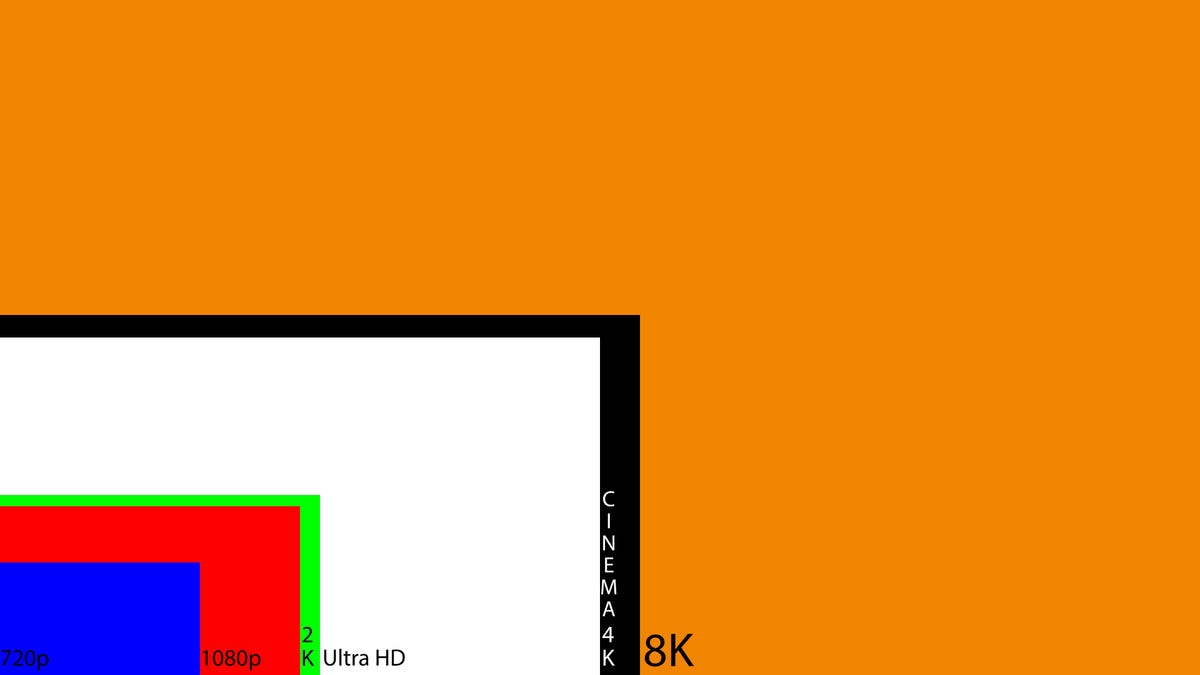
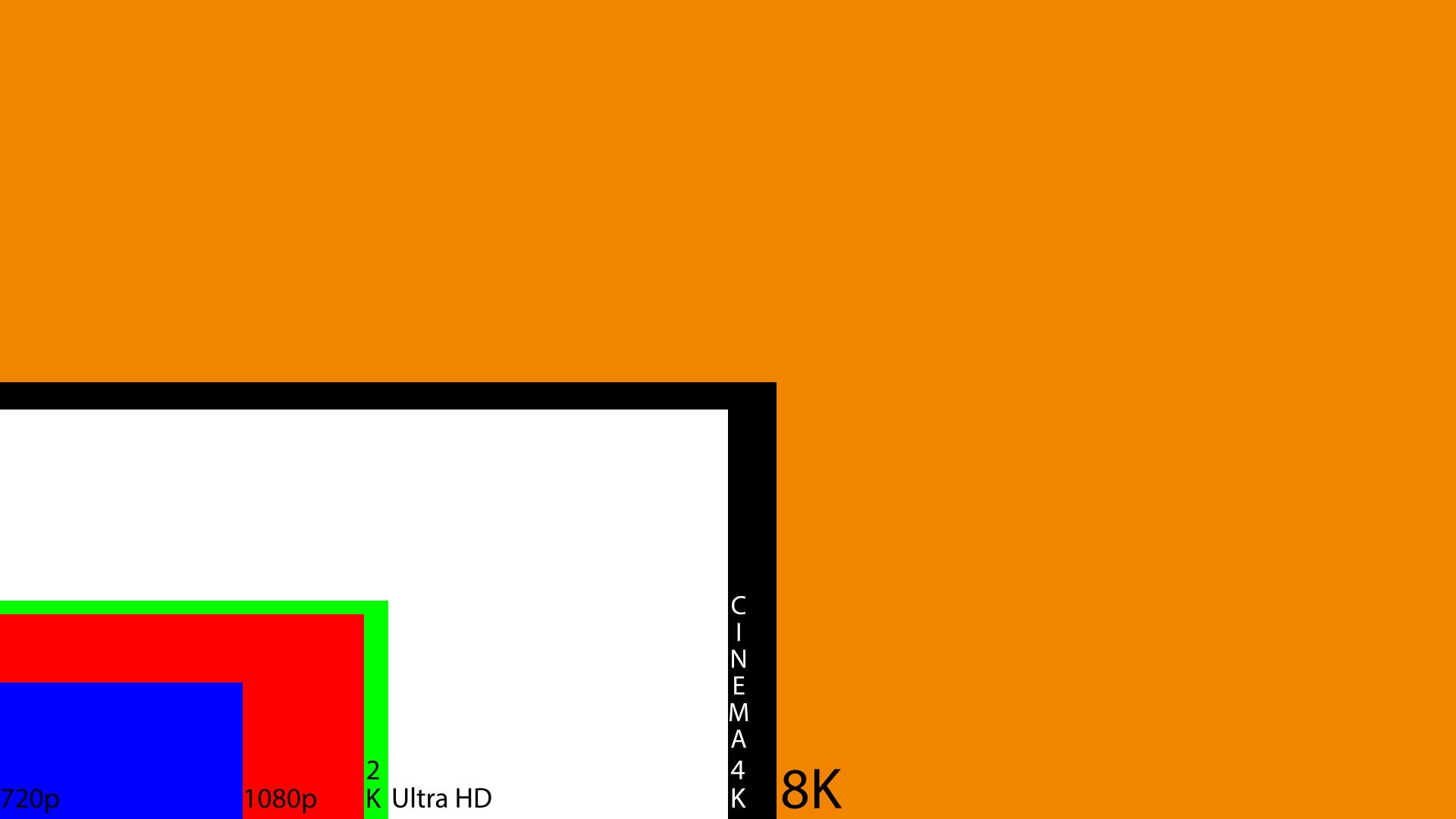
Is it worth buying an 8K TV?
Here’s a quick summary of our current thinking regarding 8K TVs in early 2024.
- Unless you have money to burn, don’t even consider buying one right now.
- From what we’ve seen, there’s little, if any, image quality improvement over 4K TVs.
- Any improvement we have seen required sitting very close to a very large screen.
- To get the most out of any 8K TV, you need actual 8K content (and there basically isn’t any).
- The latest Xbox and Playstation consoles promise 8K resolution, but that’s potentially misleading.
- In the next few years 8K TVs will get cheaper and perhaps actually be worth considering.
To reiterate, one of the biggest reasons 8K TVs are not as amazing as you might expect, besides their price, is that there simply aren’t any 8K TV shows or movies to watch on them. And while the latest gaming consoles will eventually do 8K (maybe), 8K games today are basically nonexistent. The best you can get in most cases is 4K, so all those extra pixels of an 8K TV won’t be used to their fullest potential.
Now that you’ve slid your wallet back into your pocket, sit back and soak in everything there is to know about 8K TVs today.
Read more: Remember When TVs Weighed 200 Pounds? A Look Back at TV Trends Over the Years
What is 8K, and is it better than a 4K TV?
A traditional HDTV from a few years ago is 1080p, which means it has 1,920 pixels horizontally and 1,080 vertically. Many digital cinema projectors — the ones in movie theaters — have a resolution of 2,048×1,080. Because it’s common in Hollywood-speak to only refer to the horizontal resolution, they call that “2K,” but it’s basically the same as the HDTV 1080p you have at home.

The term “4K” comes from the digital cinema side, too, with a horizontal resolution of 4,096, hence “4K.” However, on the TV side, manufacturing efficiencies meant we got double the horizontal and vertical resolutions of 1080p HDTV, so 3,840×2,160 pixels. Everyone colloquially calls this “4K,” though the technical term is Ultra HD. This has four times as many pixels as 1080p HD.
Which brings us to 8K. You guessed it: twice the horizontal and vertical resolution of 4K, for a whopping 7,680×4,320 and 33,177,600 total pixels. Not only is that four times the resolution of 4K, that’s an incredible 16 times more pixels than 1080p. Or to put that differently, you could put 16 full-resolution 1080p videos on an 8K screen at the same time with no loss of quality. I’m not sure why you’d want to do this, but hey, why not?
Read more: 4K vs. 8K vs. 1080p: TV Resolutions Explained
TV and projector resolutions
| Resolution name | Horizontal x vertical pixels | Total pixels | Other names | Found on |
|---|---|---|---|---|
| 8K | 7,680×4,320 | 33,177,600 | 8K Ultra HD, Ultra High Definition (UHD), Super Hi-Vision, UHD-2 | High-end TVs |
| 4K | 3,840×2,160 | 8,294,400 | Ultra High Definition (UHD) | Most modern TVs, some projectors |
| 1080p | 1,920×1,080 | 2,073,600 | High Definition (HD) | Smaller, less expensive and older TVs, most projectors |
| 720p | 1,280×720 | 921,600 | High Definition (HD) | Very small and older TVs |

One thing to look for in new 8K TVs: It will feature the official logo and “spec” on new 8K TVs. This goes beyond raw pixel count to help you find TVs that perform to at least a certain standard. This is partly to avoid the mess from the early days of HD and 4K, where some of the first TVs couldn’t accept a full HD or later, a 4K signal. The Consumer Technology Association lays out the following minimums a TV is required to have to wear the 8K Ultra HD logo:
- At least 7,680 pixels horizontally and 4,320 vertically.
- At least one HDMI input capable of accepting that resolution, at 50 or 60 fps (depending on region), with HDR.
- The ability to upconvert lower resolution signals to 8K.
- The ability to receive and display 10-bit content.
Can the human eye even see 8K?
Technically, yes it can, but the difference will be very subtle at best.
As we’ve explained many times with 4K TVs, there’s a point of diminishing returns when it comes to resolution. The human eye can see only so much detail, and extra pixels beyond what you can discern are basically wasted. To get anything out of higher resolutions and their proportionally tinier pixels, you need to sit closer, get a bigger TV, or both.
It’s rare that anyone gets a large enough TV — or sits close enough to one — to justify the need for even 4K resolutions. 8K is excessive overkill… at least for a TV. If you’re talking about massive theater-size screens like Samsung’s Wall or Sony’s Crystal LED, 8K would be amazing. But since 4K is hard to discern when comparing to a 1080p TV, 4K to 8K from 10 feet away will be pretty much impossible.
That said, because 8K TVs are currently the most expensive offerings from most companies, they often have features which help them produce stunning images that are completely divorced from resolution. So most 8K TVs, with the likely exception of the “cheap” models, will usually look great regardless of their pixel count.
Read more: Best 4K Projectors for 2024
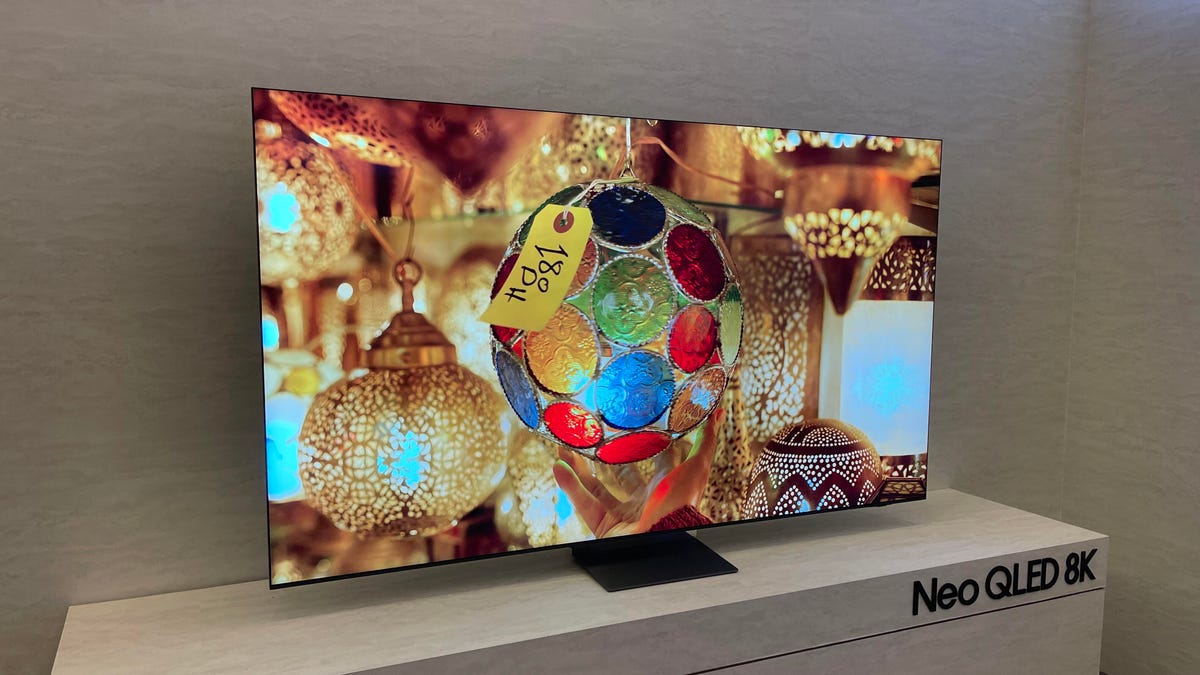
8K content: Can I actually watch anything in 8K?
Without 8K content, an 8K TV is just a 4K TV with a few thousand dollars stuck to it with duct tape. Samsung talks up fancy “AI” upscaling technology on its TVs, designed to improve the look of mere 4K and 1080p sources on an 8K screen. And other TV makers like Sony and LG have touted their own 8K special sauces. But to get the most out of all those 33 million-plus pixels, the incoming source needs to be 8K too.
There are three main aspects to getting any new format, like 8K, into your home:
1. Content recorded in the new format
2. Transmission of the new format (broadcast, streaming, etc.)
3. Playback of the new format
An 8K TV represents the last part of the system: playback. That’s the easy part. Any TV manufacturer can design and produce a TV with any resolution it wants. It’s just up to the company and its resources.
Creating content in the new resolution, meanwhile, is a lot tougher. While the number of 8K-capable cameras has dramatically increased in the last few years, they’re still expensive to buy or rent. In most cases, these cameras are used to create 4K content instead. There are lots of reasons it’s a great idea to capture in 8K. The end result, however, is 4K, because of the second part of the process (transmission).
Read more: How I Built My Dream 8K-Capable Video Editing PC
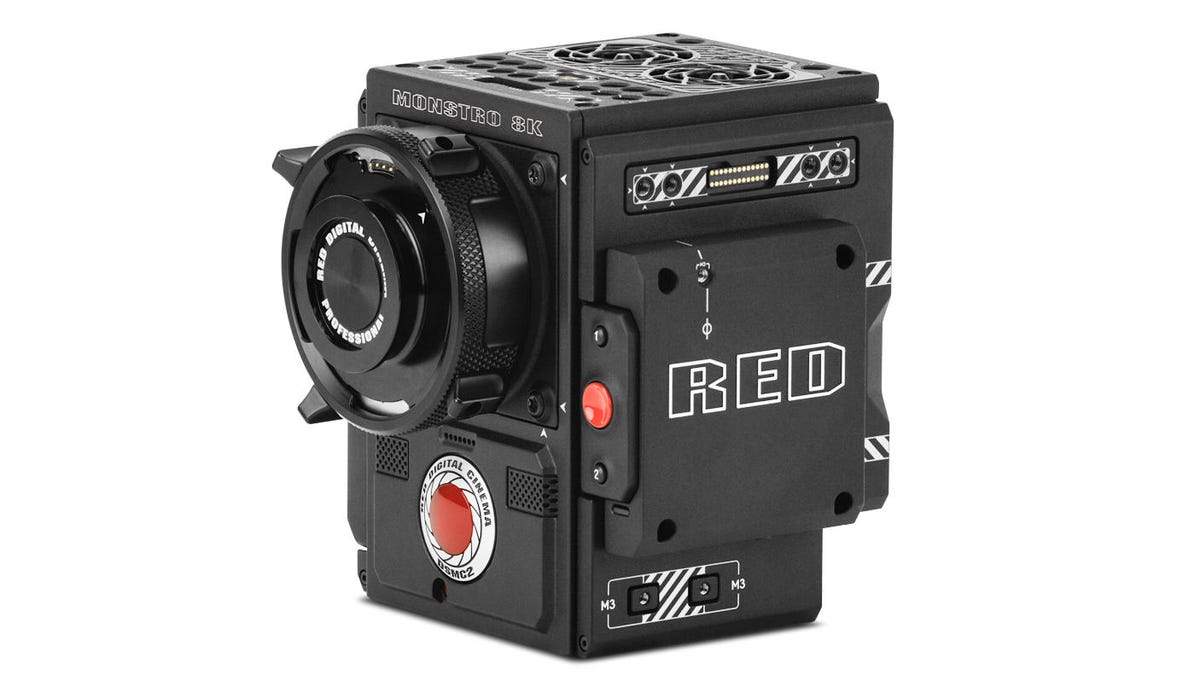
Ultra HD 4K transmission takes a lot of data. You need a really fast internet connection to stream it. Streaming 8K is a whole other level, well beyond what many have in their homes. With only a tiny percentage of their audience able to see it, mainstream streaming services are slow to adopt higher resolutions, with the increase in cost of storage, processing and more.
Which is all to say, don’t expect 8K versions of your favorite streaming shows anytime soon. And without 8K content, the main benefit of an 8K TV is at least partially wasted.
Do I need 8K to play Xbox Series X or PlayStation 5 games?
Both Sony and Microsoft have announced that their next-generation gaming consoles, the PlayStation 5 and the Xbox Series X, will both be capable of outputting 8K resolution via future updates. Sounds like a great excuse to buy an 8K TV, right? Not so fast.
First, and most important, you will not need an 8K TV to play games on these consoles. They will work just fine on most 1080p and nearly all 4K TVs. If you can connect a PS4 or Xbox One to your current TV, it will work with a PS5 or Xbox Series X.
Read more: Sony PS5 vs. Microsoft Xbox Series X: Game On
Secondly, games will need to be specifically written to take advantage of 8K, something that isn’t going to be particularly common. The resolution you see on screen, even if your TV says it’s 8K, might not be what resolution the console is rendering the game. It will likely be far more common for the console to build the game’s visuals at a lower resolution, 1440p or 4K at best, and convert to 8K to send your TV. This is the same thing your TV does automatically.
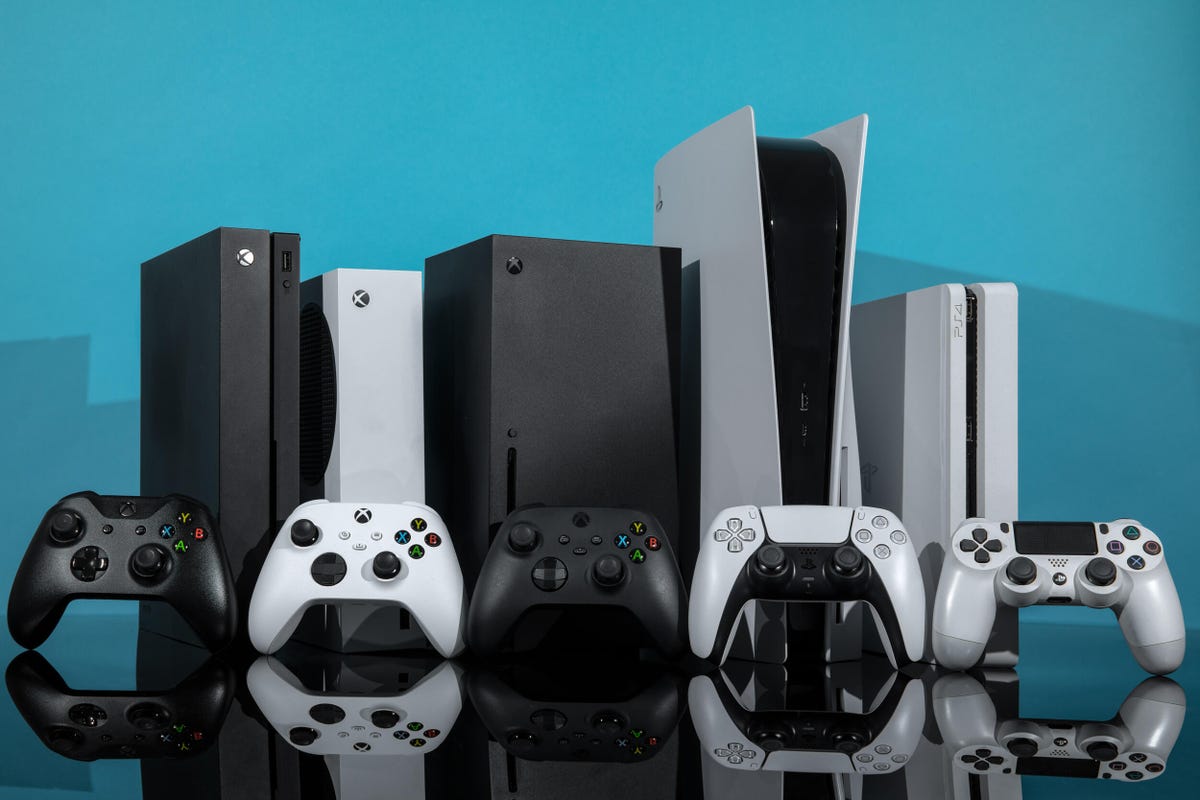
A Sony spokesperson confirmed that this FAQ, published on the PlayStation blog in November 2020, was still the case: “PS5 is compatible with 8K displays at launch, and after a future system software update will be able to output resolutions up to 8K when content is available, with supported software.” We’re still waiting for that update.
“Xbox Series X is fully capable of 8K output. However, as there is no media content or games that currently support 8K resolution, we have not enabled the option within the system settings at this time. Xbox Series X was designed with the next 8 to 10 years of advancements in mind, and as we see signals from creators and 8K becomes a more widely adopted format, we will update console software to support it,” a Microsoft spokesperson said.
Long story short, few games will look much different on an 8K TV than they will on a 4K TV. There is limited time and money when you develop a game (well, most games), and few developers will want to invest those limited resources on something only a handful of people will be able to enjoy. Far more likely are games rendered in 4K with higher frame rates, something else made possible by the latest version of HDMI and available on the new consoles.
Read more: 120Hz Gaming: Best TVs for PS5 and Xbox Series X
Where can I stream 8K? Do Netflix or YouTube support it?
Getting the 8K onto your new 8K TV is also a bit of a challenge. Ideally, the TV’s internal apps for Netflix, Amazon Prime Video and the rest will be 8K compatible. You’d think that’d be a given, but it wasn’t in the early days of 4K. Further, there’s no 8K content from any major streaming service available yet. The exceptions are YouTube, as you see in the video below, Vimeo and a new service called The Explorers exclusive to 8K Roku TVs. Eventually, ATSC 3.0, also known as Next Gen TV, might allow 8K to be broadcast over the air, but we’re a long way from that.
How fast does your internet need to be to stream 8K?
8K also presents another issue for the early adopter: The bandwidth required is immense. Most 4K content streaming companies recommend you have an internet connection in the 20Mbps range. 8K, even with everything else the same, has four times as many pixels.
That doesn’t equate exactly to a 4x increase in data or bandwidth, but, and this is just a ballpark guess, a connection requirement in the 40 to 50Mbps range wouldn’t be unexpected. Maybe you, cutting-edge CNET reader, have that kind of speed, but most people do not.
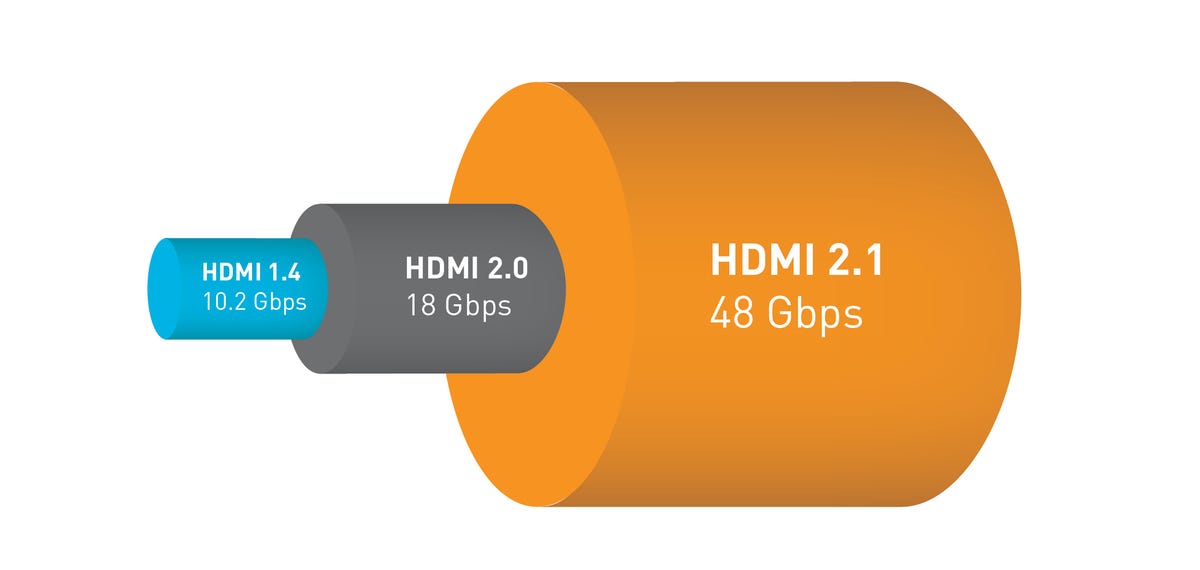
What kind of HDMI cable do I need for 8K?
One thing we’ve already got is the physical connection thing sorted in case any 8Kmedia streamershit the market or they’re needed for the PS5 and Xbox Series X. HDMI 2.1 is capable of 8K resolutions and more. But before you rush out and stock up on HDMI 2.1-compatible cables, keep in mind there will almost certainly be a new standard between now and the wide adoption of 8K. So those cables might be obsolete, despite their current forward-looking appearance.
All of the major 8K TV makers say that their sets have HDMI 2.1 inputs capable of handling the 48Mbps bandwidth required for the highest resolution and frame-rate combinations (8K and 60 frames per second and 4K at 120fps). We also got a look at some new, higher-bandwidth HDMI cables.
To take advantage of higher 4K frame rates on the new consoles, presuming your TV can handle them, you might need new cables.
Read more: When is the Best Time to Buy a TV?
Is 8K TV a gimmick?
To put on my cynic hat, increasing resolution is one of the easiest ways to offer the appearance of higher performance. This is likely what TV makers are smoking, coming out with 8K TVs when there’s essentially no content and no 8K infrastructure.
Given how easy it was to market 4K as “better looking than 1080p,” TV makers are claiming the same thing with 8K. But resolution is just one aspect of overall picture quality, and not one of the most important ones. Improving other aspects, such as contrast ratios, overall brightness for HDR, more lifelike colors and so on, offer better image improvements but they are significantly harder to implement. This is especially true for LCD, which is a technology Samsung is still strongly flogging — e.g. all of its QLED TVs are simply LCD TVs with quantum dots.
It’s relatively easy to create a higher-resolution LCD panel, but improving the other aspects of performance for that tech is a greater challenge. Not “more” pixels but “better” pixels. This is why OLED is a thing, and why many companies are researching new technologies like true direct-view quantum dot displays, MicroLED, and mini-LED. Samsung is even coming out with an OLED-quantum dot hybrid that promises to combine the contrast ratio of OLED and the bright colors of quantum dot-based displays. These technologies, regardless of resolution, should look better than 8K TVs, which are currently only LCD-based.
Well, except for LG’s OLED, which costs $20-$30,000 depending on size.

Bottom line: Don’t wait for 8K
If you’re thinking about buying a new TV, does this mean you should hold off? If your current TV works, you should probably hold on to it regardless. New 8K TVs shouldn’t be a factor, because as we mentioned above, early 8K TVs are expensive. We’re also many, many years away from any sort of widespread 8K content. We arguably don’t have widespread 4K content, and no one is talking about scrapping 4K to go directly to 8K.
The other aspect is a warning that will be seconded by countless 4K early adopters: There’s no guarantee these early 8K TVs will end up being compatible with any future 8K standard. There are tens of thousands of 4K TVs that can’t play any current 4K media content.
Lastly, even as prices drop, like they have with the $2,200 TCL 8K 6-series, you’re almost certainly better off with a 4K TV for the same money. It offers better picture quality overall and only lacks the bragging rights that you have more pixels than your neighbor. But if that’s your thing, go for it.
Update, January 19, 2024: This article was first published in 2018 and is regularly updated with new info.
As well as covering TV and other display tech, Geoff does photo tours of cool museums and locations around the world, including nuclear submarines, massive aircraft carriers, medieval castles, epic 10,000 mile road trips, and more. Check out Tech Treks for all his tours and adventures.
He wrote a bestselling sci-fi novel about city-size submarines, along with a sequel. You can follow his adventures on Instagram and his YouTube channel.
